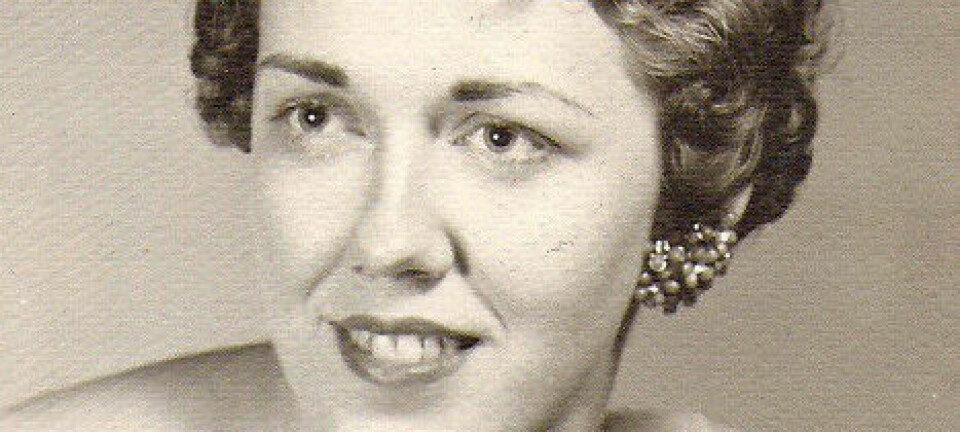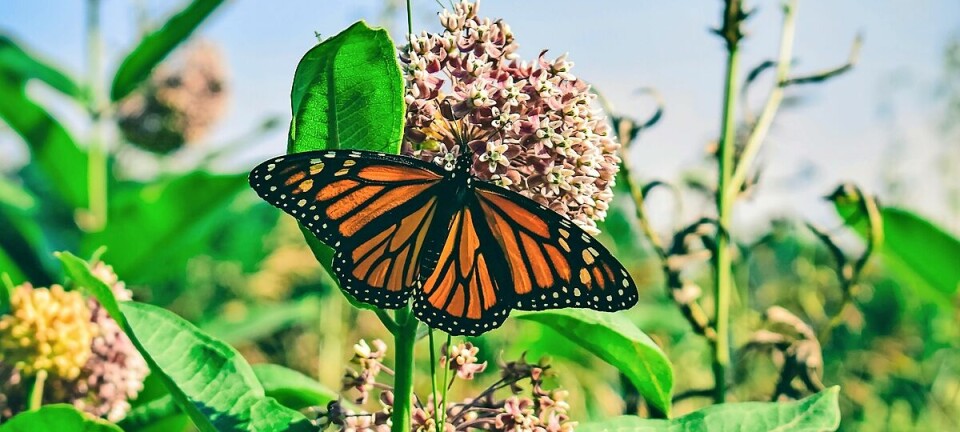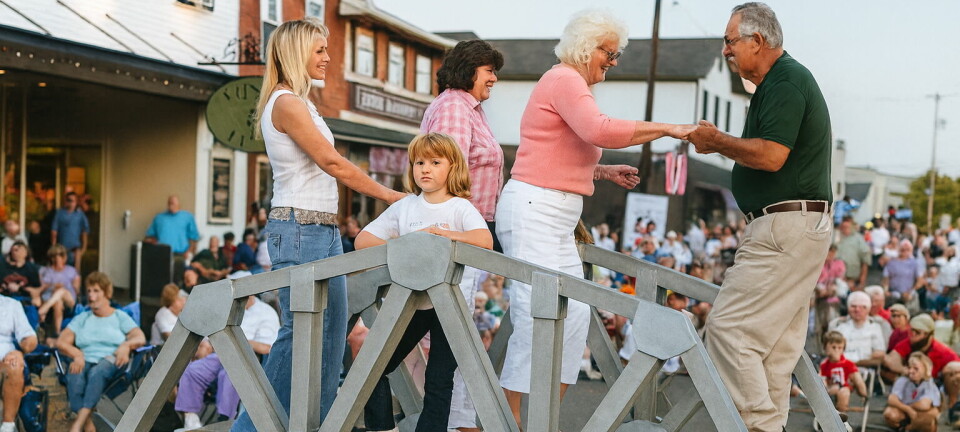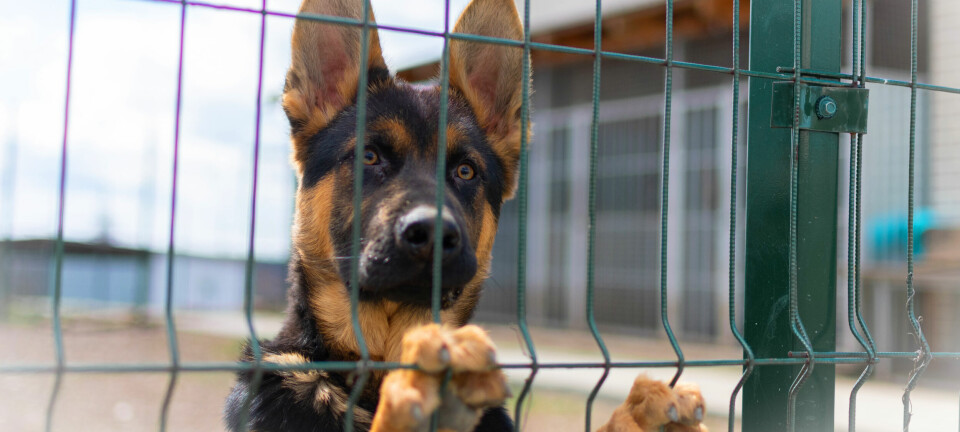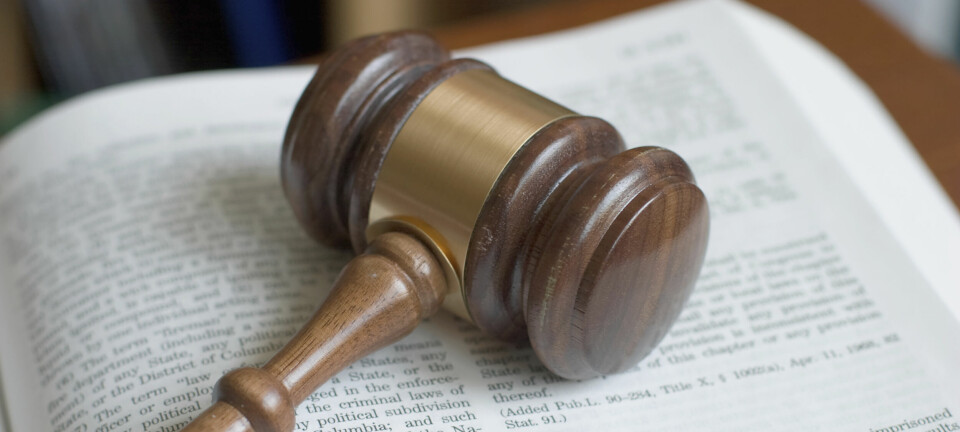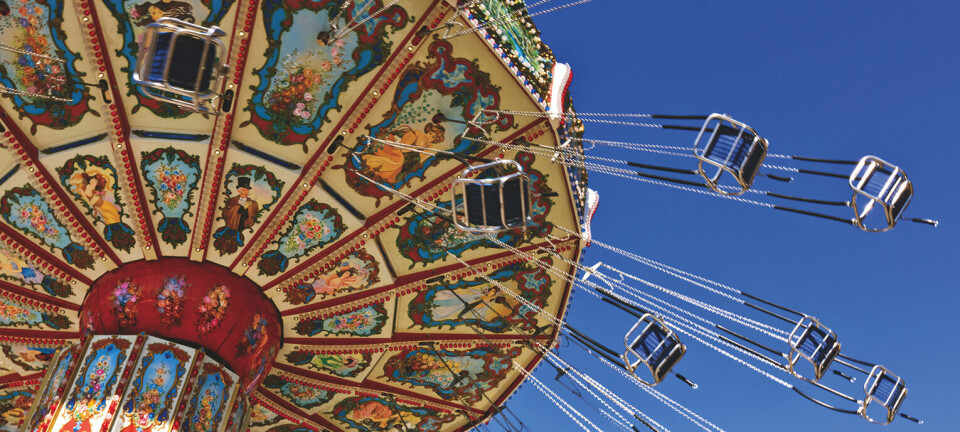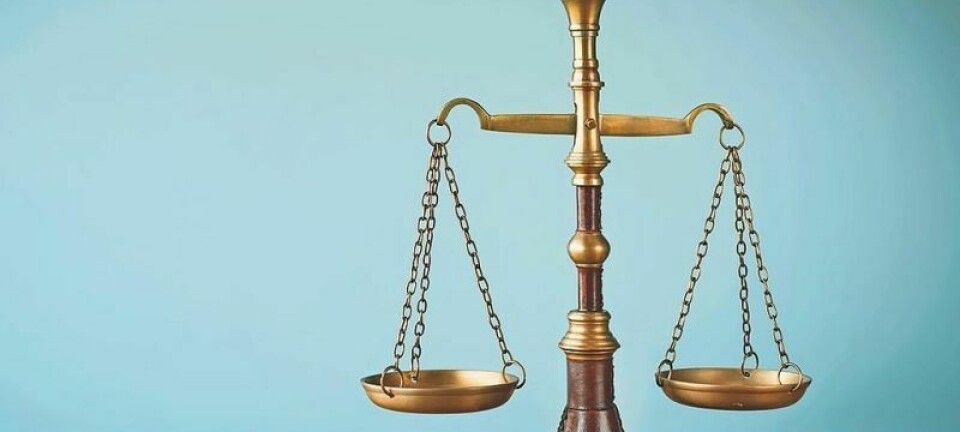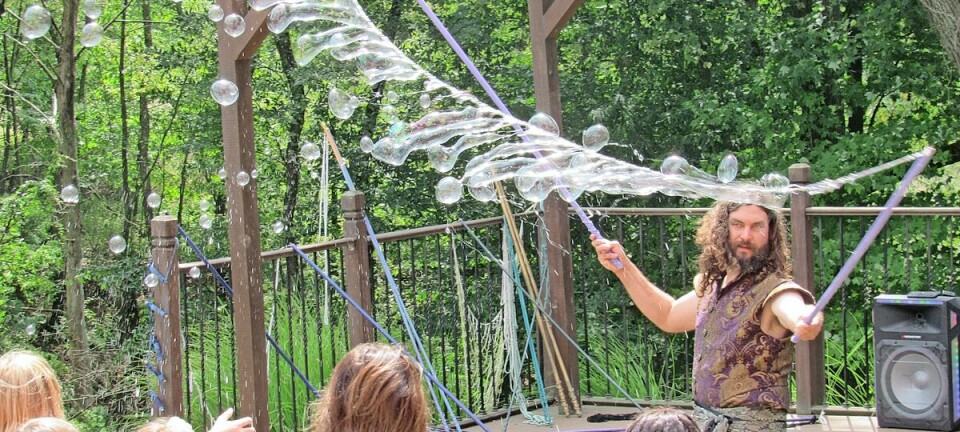A small amount of vanilla goes a long way

Vanilla is a flavor to which we form a pleasant addiction at an early age. In spite of its unfavorable use to describe something as being bland or boring as in he had a vanilla personality, vanilla is anything but dull, adding its distinctive flavor to everything from cakes to vodka, but vanilla is a tricky thing. You learn this the instant you try dipping your finger in vanilla extract to taste it. Tasting even a minuscule bit on its own can be unexpectedly unpleasant. Vanilla is very much a means rather than an end. It enhances and adds flavor, much like bitters, which can be used in tiny amounts to enhance savory brown sauces as well as cocktails. A small amount of vanilla goes a long way.For just about every use to which I put vanilla in my kitchen, the imitation stuff is acceptable at my pay grade because I tend to use it pretty often. I get a sizable bottle at one of the bulk foods stores in Amish Country, and it lasts a few months. I tip it into pancake batter, french toast dip, Oatmeal and any other logical concoction, and I can use it liberally because the imitation stuff is cheap. But like most things the real pleasure comes from the real nature-made deal. Whats the difference? Imitation vanilla is made from whatever the manufacturer has lying around. Just look at labels. It often contains a surprising amount of alcohol, cocoa flavoring, tea, wood pulp and no actual vanilla. The flavor is synthesized from other compounds, and most of us cant tell the difference because chances are we were raised on it. Its kind of like pancake syrup. We grow up eating the much cheaper imitation maple flavor syrup, so thats what we accept as maple flavor even though the real thing is a revelation once you splurge for it. Real vanilla extract is made from the tiny specks of bean inside a vanilla pod. Extract is an old-timey term generally meaning we soaked this in alcohol and extracted the good stuff, the good stuff being vanillin, the compound responsible for vanillas taste. Real vanilla extract also contains a high percentage of alcohol: the government standard is 35 percent or higher. Real, pure vanilla extract is always brown. The clear stuff is always imitation. On a per ounce basis vanilla is among the most expensive food ingredients in the world. High-quality extract will cost $4 or $5 per ounce or more, and that, friend, is why I use the cheap imitation stuff most of the time. You can also buy vanilla beans whole to use in your recipes. You split the thin pod lengthwise and scrape out the tiny, sticky beans with the point of a sharp knife. You can also stash a vanilla pod in your sugar bowl on the table and enjoy the flavor of vanilla sugar in your coffee or tea. Though less so now than it was for our ancestors, pure vanilla is expensive because it is difficult to grow. It is the bean pod from an orchid species native to Mexico. It took centuries to figure out how to get those orchids to grow worldwide, but that knowledge allowed for greater accessibility. Can you taste the difference? Yes, at least enough to save the pure vanilla extract or beans for things that will be baked, which can quickly diminish the flavor of imitation extract. Its worth keeping both on hand.


